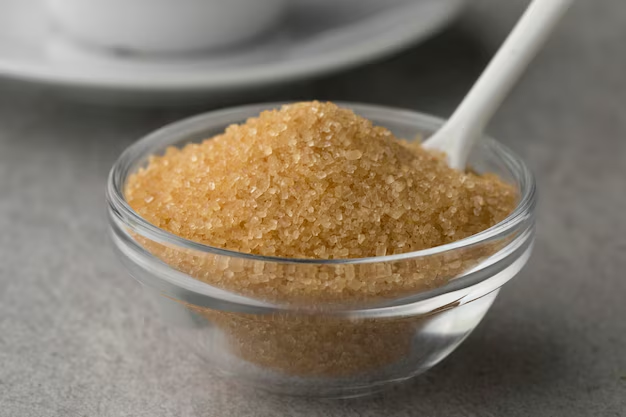Is Brown Rice the Best Choice for Diabetics? Here’s What You Need to Know
Brown rice often gets a health halo for being a whole grain, and it’s a staple in many diets. But if you're managing diabetes, you might wonder, "Is brown rice good or bad for me?" The answer isn’t a simple yes or no. Let’s dive in to understand how brown rice can fit into a balanced diet for those with diabetes.
Understanding Glycemic Index and Its Impact
To assess the suitability of brown rice for diabetics, it’s essential to consider its glycemic index (GI). The GI measures how quickly a food increases blood sugar levels. Foods with a low GI score (55 or less) tend to raise blood sugar slowly, while those with a high GI score (70 or more) cause more rapid spikes.
Brown rice has a moderate GI of around 68. This means that while it isn’t as low as some other whole grains, it’s generally better than white rice, which has a GI of 73 or higher. Though it may not be the absolute best carb choice for every meal, its nutritional profile offers benefits such as fiber, vitamins, and minerals that support overall health.
Nutritional Benefits of Brown Rice
High in Fiber: Fiber is crucial for managing diabetes as it helps regulate blood sugar levels by slowing sugar absorption. Brown rice contains more fiber than white rice, promoting better blood sugar control.
Rich in Magnesium: Magnesium plays a role in insulin regulation, and brown rice provides a decent source of this mineral.
Plant-based Protein: Though not high in protein, brown rice can contribute to daily protein intake, especially in plant-based diets.
How to Include Brown Rice in a Diabetic-Friendly Diet
While brown rice can be part of a diabetes-friendly meal plan, portion control and preparation methods are key:
Mind Your Portions: Stick to a serving size of about half a cup to keep carbohydrate intake in check.
Balance the Meal: Pair brown rice with high-fiber vegetables, lean proteins, and healthy fats to lower the overall GI of your meal.
Opt for Variety: Rotate with other low-GI grains like quinoa, barley, or farro to diversify nutrient intake and manage glucose levels.
Moving Towards Financial Health
Living with diabetes often entails additional medical costs, which can strain finances. Navigating this can be challenging, but there are resources available to help. Financial assistance programs can offer support to ease the burden of managing medical expenses. Here’s how you might start exploring these options:
Government Aid Programs: Look for subsidies or healthcare facilities offering plans for medication costs associated with diabetes.
Debt Relief Options: Working with credit counselors can help manage debts that may accumulate due to high medical expenses.
Educational Grants: Some organizations offer grants for diabetics enrolling in health-related educational programs to further understand disease management.
Although brown rice has moderate suitability in a diabetic diet, understanding its impact alongside other financial aspects can lead to improved overall well-being. Remember, the best dietary choices, coupled with robust financial planning, can pave the way for a healthier and more stable future.
💰 Financial Assistance Resources:
- 🏥 Medicare Savings Programs: Assistance for diabetic supplies and healthcare costs.
- 📊 Diabetes Self-Management Education: Free or low-cost classes to help modify diet and lifestyle.
- 💳 Medical Credit Card Plans: Special credit options for medical expenses.
- 🎓 Education Scholarships: Available for those pursuing studies in healthcare or nutrition.
These resources can empower you to take charge of both your health and financial stability, offering a holistic approach to managing diabetes effectively.
